Tips for Using Almond Butter or Cashew Butter Instead of Peanut Butter
Since 1895 we have been smearing peanut butter on everything and using it in recipes. When peanut butter can not be used, it is common to try and substitute almond or cashew butter instead.
Are you making a recipe and thinking of using almond butter or maybe cashew butter in place of peanut butter? First, check out this guide to see if this is the right way to go.
Straight Substitutions
For the sake of keeping things classic and basic, we will start by using plain almond butter or cashew butter to replace plain peanut butter. Peanut butter itself is a classic ingredient, but we are hoping to update and step away from the humble peanut.
So, if a recipe calls for a half of a cup of peanut butter can you simply replace it with a half of a cup of the nut butter of your choice? Unfortunately, it is not always as simple as we would hope.
Baking is a science and requires precision. There are nutritional facts that will present different issues with baking with substitutes.
Why People Are Substituting Peanut Butter
No offense to peanuts or peanut lovers, but many people are straying away from them. Why has there been such a big shift away from this product?
Well, besides the fact that peanuts are a common (and very serious) allergy, peanuts have become one of the most heavily chemical saturated plants. To produce peanuts quickly enough to keep up with the high demand, farmers will use pesticides and chemicals to make them grow faster.
Of course, there are organic peanut butter brands that will avoid all of those nasty chemical additives during the growing and harvesting processes. And, not all brands choose to grow their crops with an excess of chemicals.
Did you know that peanuts are not even considered to be part of the nut family? It is true, they are classified as a legume because they grow in a pod.
Peanut Allergies
Peanut allergies have become so common, especially with children. But, why is this just starting to become such a big deal?
It is believed that an allergic peanut reaction can be had through the skin, that you do not even need to digest it to have allergic reaction symptoms.
And, cross-contamination is also a serious subject with peanut allergies. This is why food companies (like American Dream) have to keep production of peanut products in a separate facility, and packaging labels clearly state if a portion of food was manufactured in a facility that produces peanuts or peanuts products.
Experts also say that a lack of vitamin intake can increase the risk of peanut allergy. Specifically a lack of vitamin D in the diet.
Make sure those kids (and adults) eat plenty of mushrooms and oily fish which are packed with vitamin D. Also, avoid giving children under the age of 5 peanuts or tree nuts.
Carbohydrate Counts
For those on a low-carb diet, reaching for nuts and jars of nut butter is a guilty pleasure. Though nuts are not a carb-free food, they are relatively low in carbohydrates.
For comparison here are the carbohydrates of each nut:
- Peanuts 6g
- Almonds 3g
- Cashews 4g
Nut butter can easily be made just by blending nuts into a paste. However many nut butter brands use oil and other additives for flavor and preservation purposes. American Dream is stands behind our top secret nut butter making process, where we do not add any fillers, oils or additives.
Sodium Levels
If your recipe is for someone on a low sodium diet, or you need to know the nutritional value of your recipe, compare the nut butter labels to see which one contains the lowest amount of sodium.
Pay attention to sodium levels, too, because salt affects recipes by reacting with leavening agents. Add too much salty nut butter and you could see your bake fall flat instead of rising as high as it should.
On the opposite side of the coin, salt in a recipe enhances the flavor and prevents things from tasting bland. And, in baking, it balances out the sweetness.
Adding Extra Flavors
If you want to substitute almond or cashew butter for peanut butter, you can spice things up with flavored nut butter.
But, we are talking about the deluxe jars of nut butter that are loaded with goodies. For instance, a s'mores nut butter that is loaded with bits of graham cracker, chunks of chocolate, and tiny marshmallows.
Take a loaded nut butter and use it instead of plain nut butter to elevate your baking to another dimension. Or, just go ahead and eat it by the spoonful, this is a judgment zone.
Nut Butter
Peanut butter often has additives that make it react differently in recipes than pure nut butter. 9 out of 10 jars of peanut butter on the grocery store shelf have sugar, high fructose corn syrup, and other fillers as ingredients that most people do not realize.
When shopping for peanut butter and other nut butter, look at the label to see the list of ingredients. Choose nuts butter that has no added sugar or unnecessary ingredients.
A jar of pure nut butter will contain only nuts. Some high-quality brands will also add salt for flavor, or oil for texture- but that is it.
Comparing Fat Content
Dissecting the fat content of nut butter is where things get a little tricky because fat is not a straightforward topic. When you start getting into changing your diet, you might want more of one fat, but less of another type of fat.
Nuts are not known for low-fat content. But, many consider them to be packed with healthy fats and use those healthy fats as part of their regular meal plan.
In nuts, you will find saturated fats, monounsaturated fats, and omega 6 and omega 3 polyunsaturated fats. To most of us, that list of fats is like a foreign language and means absolutely nothing to us.
Just know that when it comes to baking with nut butter, the fat content does matter immensely. Just as if you were to use too much oil or butter in a recipe, the nut butter fat content will affect the outcome.
Too high of fat content will make cookies spread and get flat instead of rising and get fluffy. It will make loaves of bread and cakes become dense and prevent them from cooking all the way through.
Packed With Protein
One reason that nuts are such a popular snack and base for snacks in the health and fitness world is that though they are small, they are packed with protein!
It is rare to find another food that has so much protein in one serving as nuts do. Here are the counts, in case you are wondering:
- Peanuts: 7g
- Almonds: 6g
- Cashews: 4g
Although peanuts have the most protein, they fall short when compared to other nutritional elements. Both almonds and cashews have higher fiber, magnesium, and vitamins E & B2.
Texture Wise
For the most part, as far as recipes go, nut butter is similar enough in texture to substitute one for the other. This is especially true for recipes that do not require baking because unbaked nut butter does not change in its form.
For baked goods, however, there are a few differences that may throw a recipe slightly off.
Almonds are one of the hardest nuts and make a drier butter than cashews or peanuts. When using almond butter instead of peanut butter you may find that you need to use more water, milk, or whatever liquid is in the recipe to make up for the almond butter's lack of creaminess.
This might also work to your advantage!
And, when using cashew butter instead of peanut butter you may find that the exact opposite is true. Cashews are a much softer nut than both peanuts and almonds and tend to make rich and ultra-creamy nut butter.
How to Adjust the Recipe
Are you having some failures in the kitchen with nut butter substitutions? Because recipes are often carefully constructed around the fat content, sugar content, and texture of certain ingredients you may find that recipes just aren't turning out how they should when you make substitutions.
Here are a few common problems, and ways that you can make slight adjustments to compensate.
When your cookies or cakes are not quite as thick and are falling apart compared to when you use peanut butter, try adding a bit more flour or dry ingredients.
If your cookies are spreading when baking you can try chilling the dough, or even freezing the tray of cookies before baking.
Once you have adjusted, bake a small test batch to see if the adjustments did the trick, or you need to keep trying.
Some bakers do not believe that nut butter can be substituted for another. They would suggest that you just find a recipe that is made especially for the nut butter that you wish to use.
Measuring Nut Butter
Due to its sticky and messy consistency, it is often difficult to work with nut butter. It will stock to the spoon, stick to the measuring cup, and stick to your fingers, too.
How do you measure nut butter without the mess? Use a non-stick spray to coat the measuring spoon or cup before putting nut butter into them for an easy in/easy out measuring.
Use dry measuring cups for nut butter, not liquid ones. Liquid measuring cups are designed to pour out liquid easier.
Another great tip is to use chilled nut butter as opposed to room temperature. Using chilled nut butter means that the fats in the nut butter have had a chance to solidify and it, therefore, will not be as loose and runny of a texture.
Using Peanut Butter
Peanut butter is the old reliable nut butter that we are most familiar with. It is the easiest to find, the most affordable, and most homes (unless there is an allergy present) have peanut butter in their cabinet.
Peanut butter goes great in cookies, cakes, and bread on its own, but also pairs well with bananas, apples, chocolate, and a wide variety of other ingredients.
Using Almond Butter
Almond butter is probably the easiest nut butter to work with because of its consistency. It is not as sticky as peanut butter, and not as loose and creamy as cashew butter.
Almond butter tends to have a deeper more toasted and rich flavor compared to peanut or cashew butter. You do end up paying more for almond butter, though.
Using Cashew Butter
Beware that cashew butter can be quite addictive. Its rich creamy texture and mild buttery flavor are delicious by the spoonful and go great in many recipes both sweet and savory.
Comparing the consistency of peanut butter to cashew butter there is not a whole lot of difference. But, because it is higher in fat content than peanut butter recipes may require adding more dry ingredients to compensate for that.
Regular Butter
One thing you will not be able to do is to replace dairy-based butter with nut butter of any type. The properties of dairy-based butter are entirely different than that of nut butter.
What you can do is replace your dairy-based butter in a recipe with coconut oil, or a plant-based butter substitute. Avocado, mashed banana, applesauce, and greek yogurt are all surprisingly good substitutes for dairy butter.
Dairy intolerance does not mean that you can not enjoy the same baked goods, you just have to find alternatives for butter. Make sure your butter substitute is the same temperature as the recipe calls for.
Going Nuts Over Nut Butter
Nuts butter of all types makes great baked goods. It just takes finding the right balance of ingredients when you are attempting to make substitutions such as using almond butter instead of peanut butter in cookies or cakes.
If you are looking for the best nut butter on the market, American Dream Nut Butters are all small-batch, gluten-free, and always fresh and delicious on their own or in your favorite recipes.
So how can I substitute almond butter for reg peanut butter? Is it a 1-1 or do I have to add some oil?
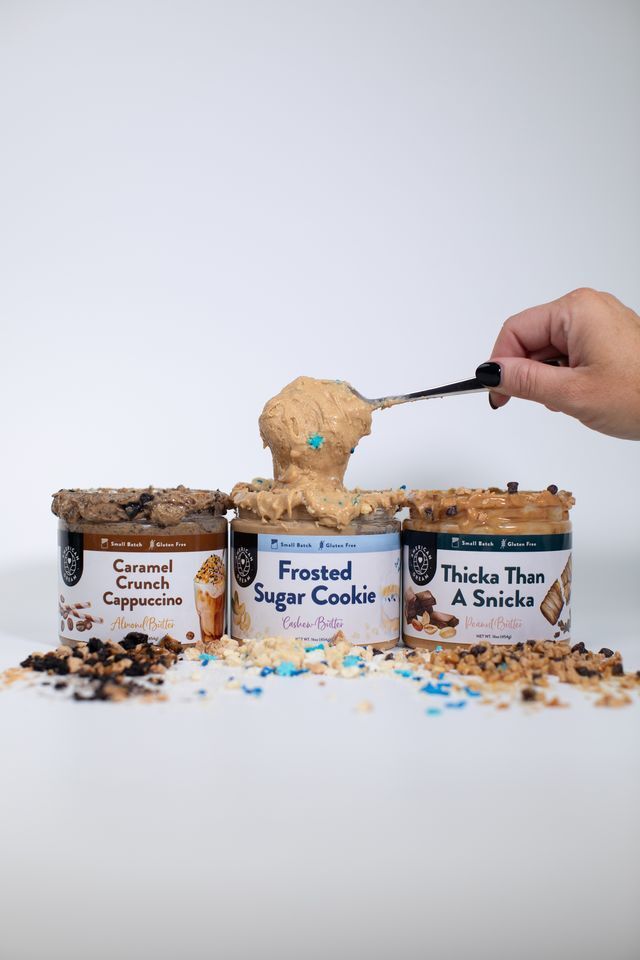 All Nut Butters
All Nut Butters
 Newest Flavors!
Newest Flavors!
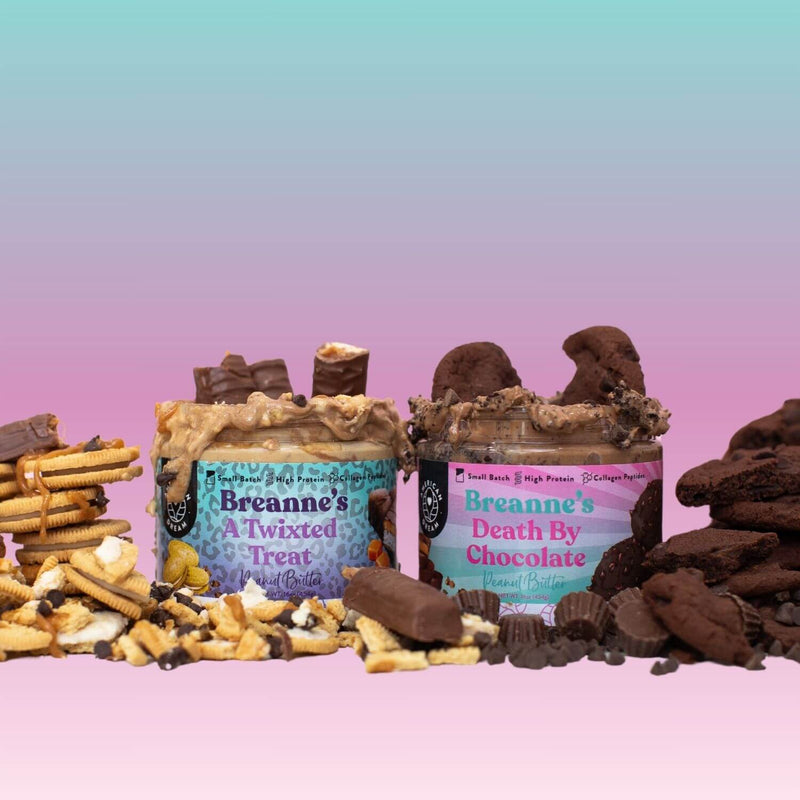 High Protein
High Protein
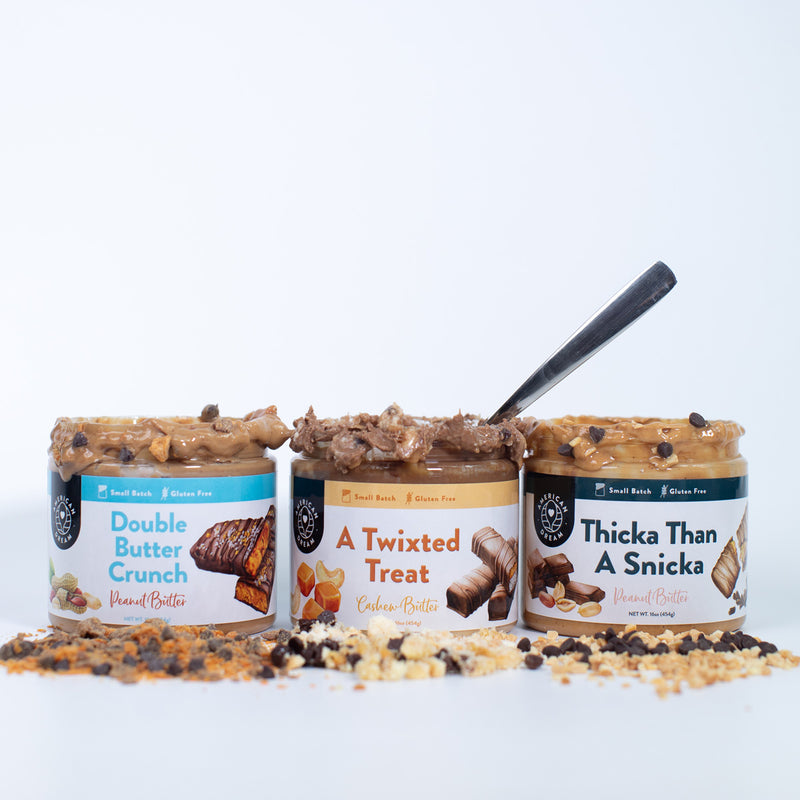 Butter Bundles
Butter Bundles
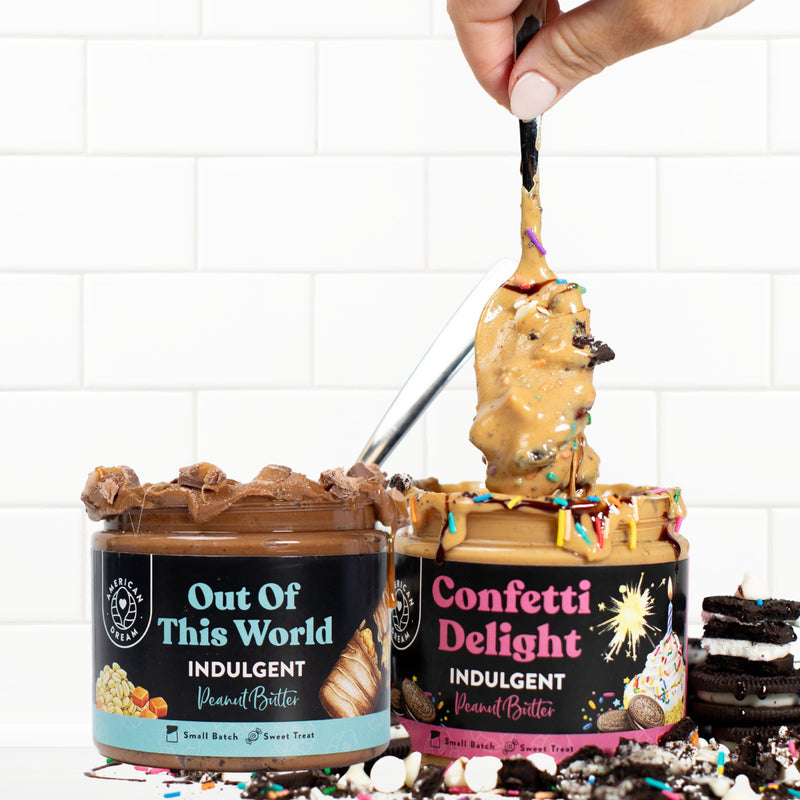 Indulgent Butters
Indulgent Butters
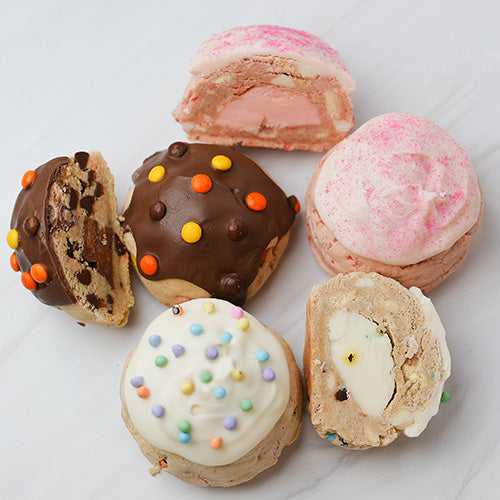 Cookies
Cookies
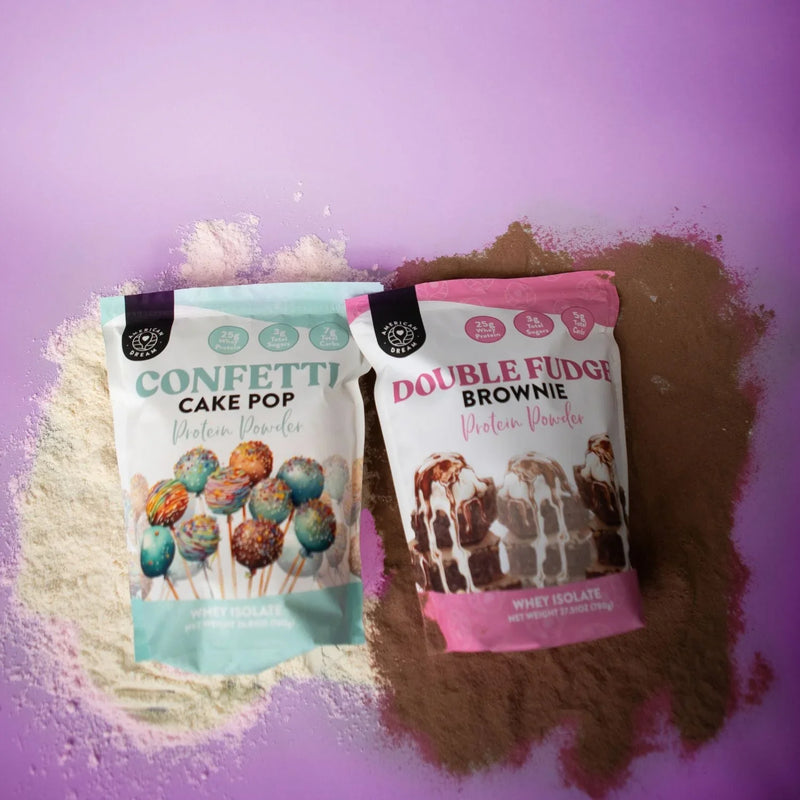 Nutrition
Nutrition
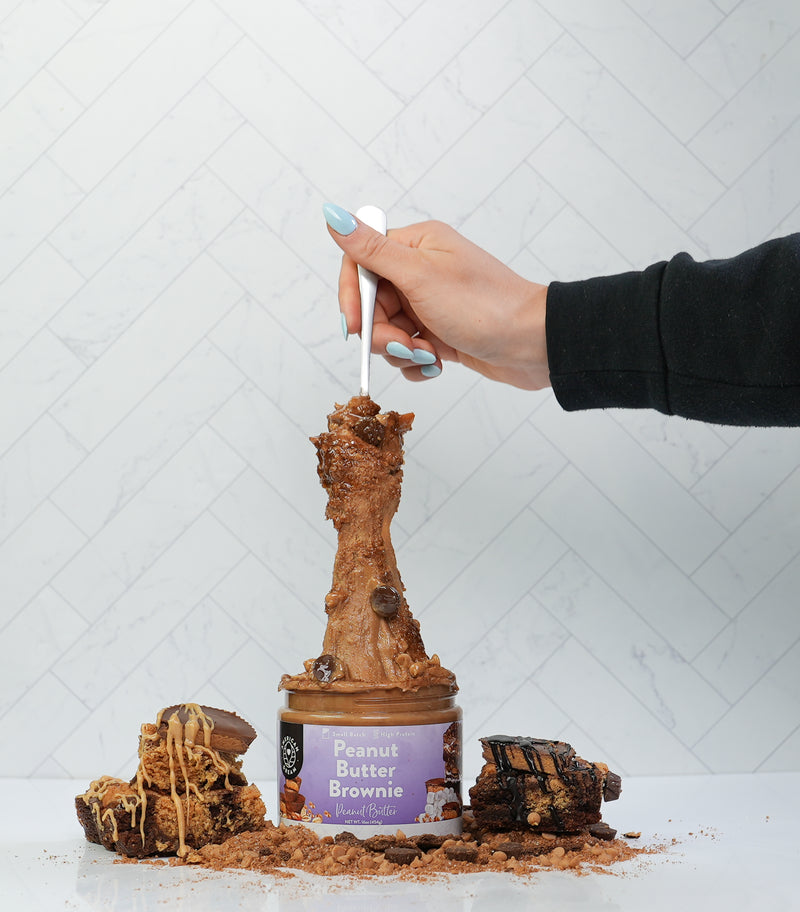 Retiring Soon
Retiring Soon
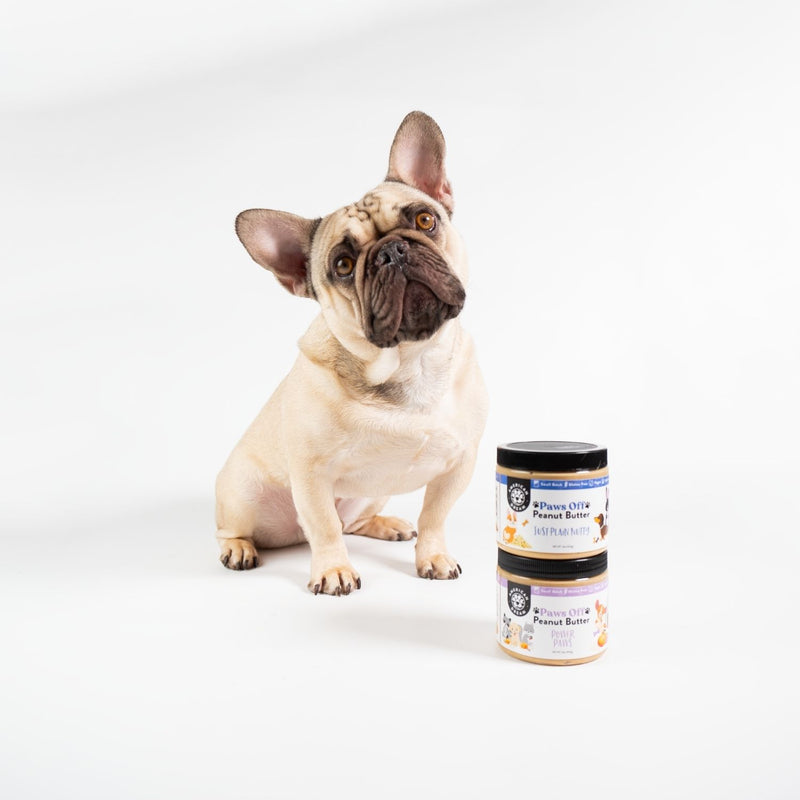 Paws Off
Paws Off
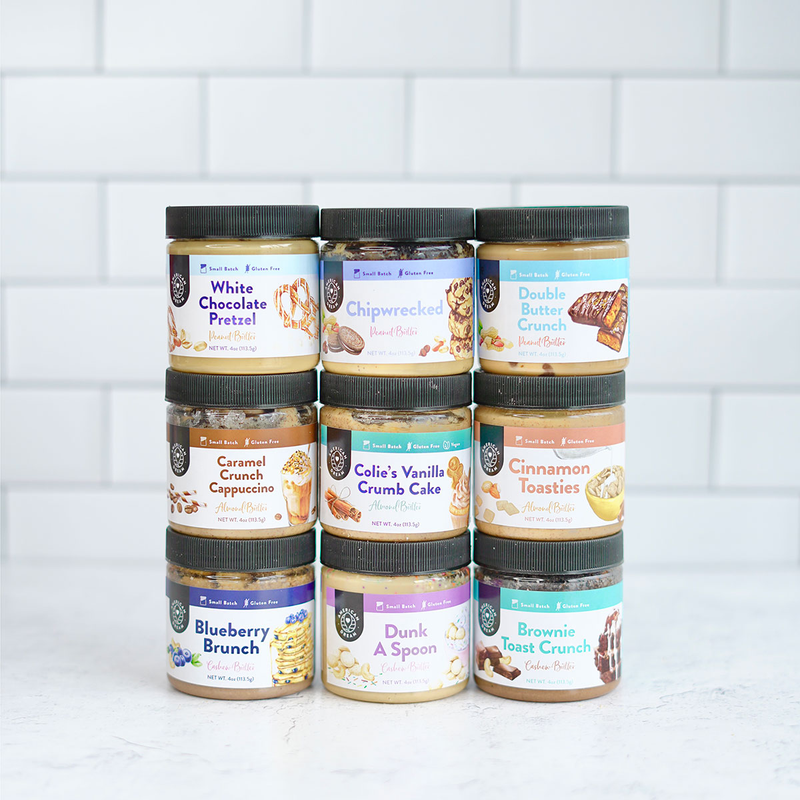 Sample Sizes
Sample Sizes
 Merch
Merch
 Gifting
Gifting

